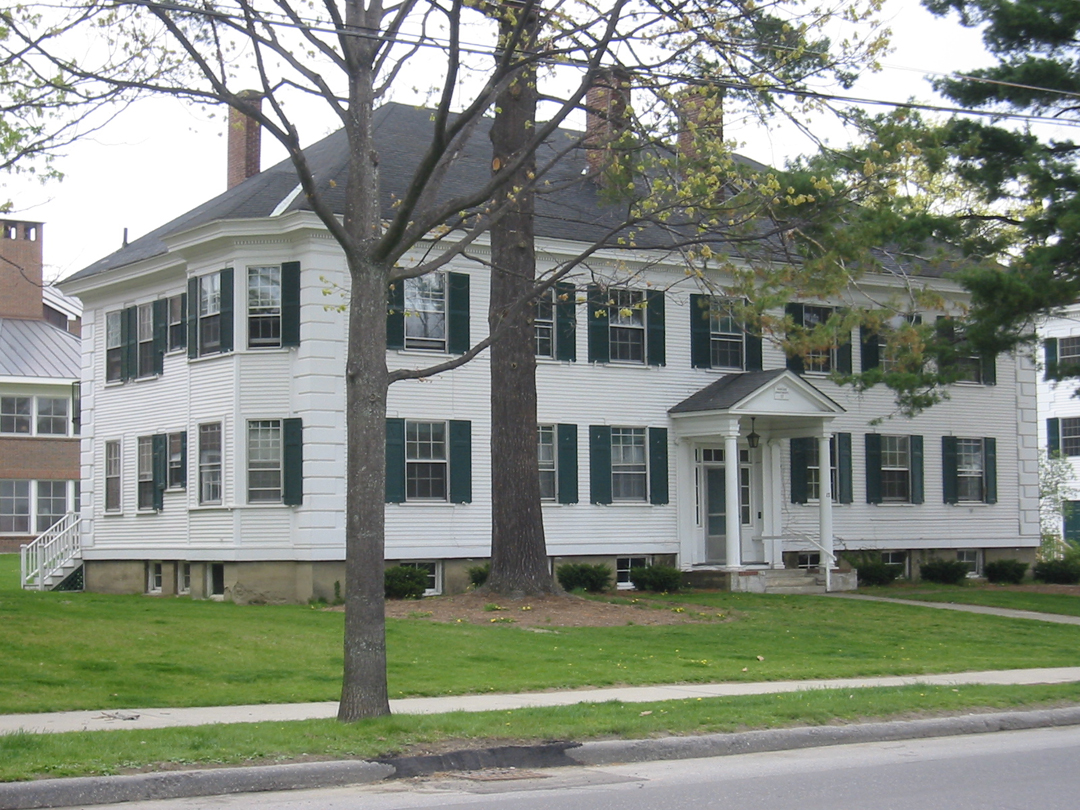One of the main sources of information on the early days of the Romantic suburb of Short Hills, New Jersey is William Ingraham Russell’s gossipy book The Romance and Tragedy of a Widely Known Business Man of New York. It appears to have been self-published in at least three editions through 1913 as Russell added postscripts. No one yet seems to have tried to figure out the pseudonyms he used for his neighbors in the early 1880s:
- “Frank Slater” is Franklin H. Tinker
- “Charlie Wood” is Charles Towner Root
- “George Lawton” is George M.S. Horton
- “Charlie Fiske” is Charles Alonzo Rich
- “Walter E. Stowe” is William Ingraham Russell
- “Knollwood” is Short Hills
- Ingraham’s trade paper is American Metal Market
- “A. * * S. * * * & Co.” is Arthur Strauss & Co.
- “Mr. Mallison” might be Mr. Allison, since it appears that way once
- “A gentleman of wealth” is Stewart Hartshorn
House names (“Redstone,” “Sunnyside”) are unchanged, as are place names and addresses outside of Short Hills. “Edward ‘Ned’ Banford,” “William Curtice,” “George Todd,” “Albert Caine,” and “Mr. Viedler” will require more work. The Banfords rented 39 Knollwood Road and the Todds rented 1 Park Place around 1893, so it should be possible to identify them.

